Industry information
Company News
- Aluminum veneer curtain wall: the fashionable coat of modern architecture
- Wood grain aluminum veneer, natural charm in industrial style
- Wood grain aluminum veneer: the new darling of home decoration
- Imitation Wood Grain Aluminum Veneer: The Natural Beauty in Modern Architecture
- Aluminum veneer customization, creating the art of personalized space
Industry dynamics
- Imitation wood grain aluminum veneer: a work of art that blends modernity and tradition
- The rise of aluminum veneer in the decoration industry
- Aluminum veneer adds dynamics and changes to the appearance of buildings
- Aluminum veneer: the fashionable choice for modern architecture, your good home partner?
- What is the role of aluminum veneer in construction?
Frequently asked questions
- Does the production of aluminum veneer require certification?
- Can aluminum veneer be used for building platform design?
- Will the thickness of aluminum veneer affect its service life?
- How does aluminum veneer provide the wind resistance required for modern buildings?
- Can aluminum veneer be applied to the exterior design of high-rise buildings?
contact us
Mobile:+86 15627778610
Email: 2201229786
Address: No. 5 Binjiang Road, High tech Zone, Zhaoqing City, Guangdong Province
Is the production process of aluminum veneer environmentally friendly?
- Author: Lesilong Technology (Guangdong) Co., Ltd
- Release time: 2022-03-13 04:52:47
- Click:0

Aluminum veneerIt is a lightweight, high-strength building material with excellent decorative properties and service life. In the production process, whether aluminum veneer is environmentally friendly has always been a concern. This article will provide a detailed introduction to the production process and environmental friendliness of aluminum veneer.
1、 The production process of aluminum veneer
The production of aluminum veneer mainly involves the following steps: raw material procurement, melting, rolling, surface treatment, and packaging. Raw material procurement is one of the key links in the entire production process, and it is necessary to select raw material suppliers that meet environmental standards. During the smelting process, it is necessary to control parameters such as furnace temperature and pressure to ensure the purity and quality of aluminum. During the rolling process, advanced rolling equipment and technology are required to reduce energy consumption and environmental pollution. In the surface treatment process, it is necessary to use environmentally friendly coatings and processes to reduce the use and emissions of harmful substances. During the packaging process, it is necessary to use recyclable packaging materials to reduce the generation of waste.
2、 Environmental performance of aluminum veneer
Aluminum veneer, as a new type of building material, has received widespread attention for its environmental performance. From the perspective of production process, the production process of aluminum veneer is relatively environmentally friendly, mainly manifested in the following aspects:
1. In terms of raw material procurement: The main raw materials for aluminum veneer are aluminum ingots and coatings, which can be purchased through strict environmental standards to ensure their environmental performance.
2. In terms of production technology: The production process of aluminum veneer adopts modern production technology and techniques, which can effectively reduce energy consumption and waste emissions.
3. In terms of waste disposal: The waste generated during the production process of aluminum veneer mainly includes waste residue, wastewater, and exhaust gas. These wastes can be recycled or harmlessly treated through reasonable disposal methods to reduce their impact on the environment.
3、 The environmental advantages of aluminum veneer
Compared with other traditional building materials, aluminum veneer has the following environmental advantages:
1. Recyclable: Aluminum veneer can be recycled and reused, reducing resource waste and waste emissions.
2. Energy saving and environmental protection: Energy saving technologies and environmentally friendly coatings and processes can be used in the production process of aluminum veneer to reduce energy consumption and environmental pollution.
3. Health and safety: The surface of aluminum veneer is coated with environmentally friendly materials and processes, which are harmless to human health.
Aluminum veneer, as a new type of building material, has a relatively environmentally friendly production process and certain environmental advantages. In practical applications, it is necessary to strengthen the environmental awareness and management of aluminum veneer, adopt effective measures and technical means, and improve the environmental performance and sustainable development level of aluminum veneer.

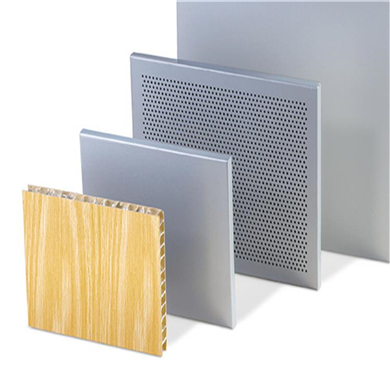
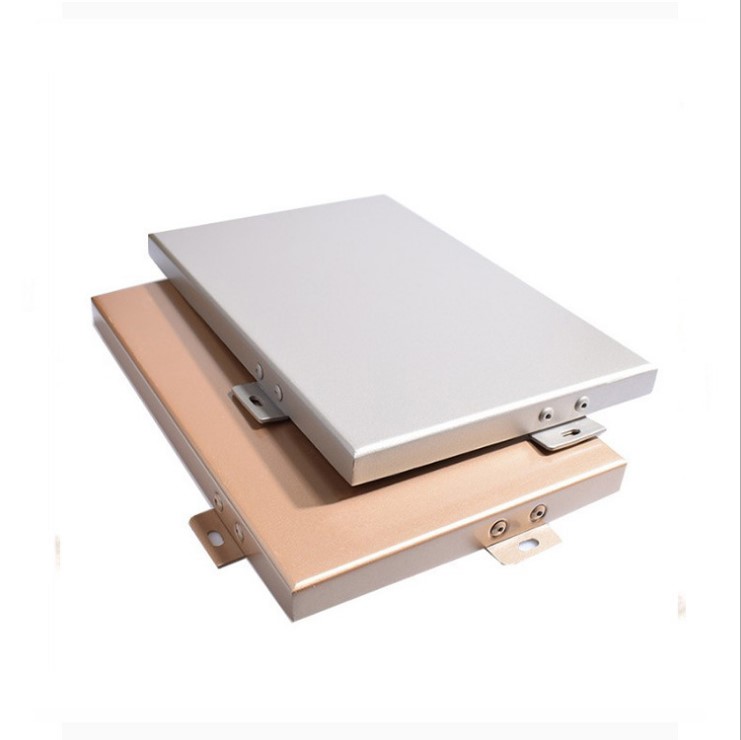
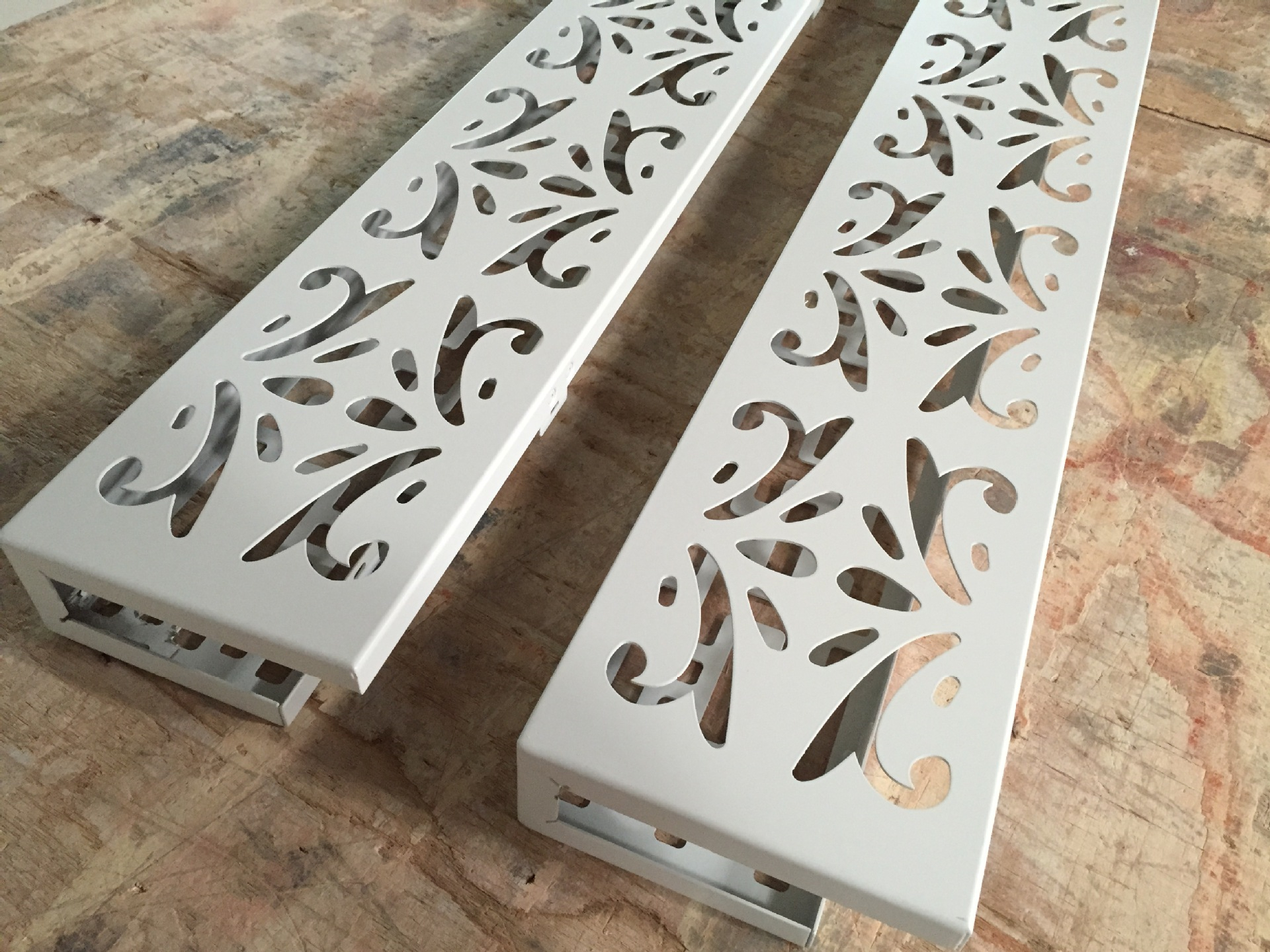
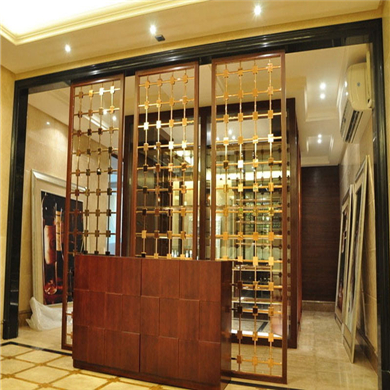
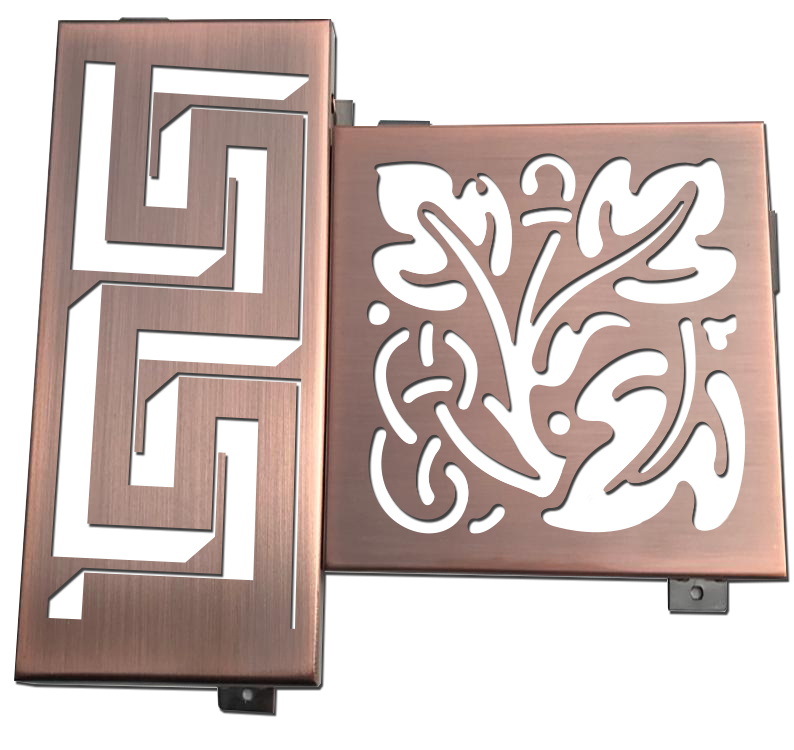
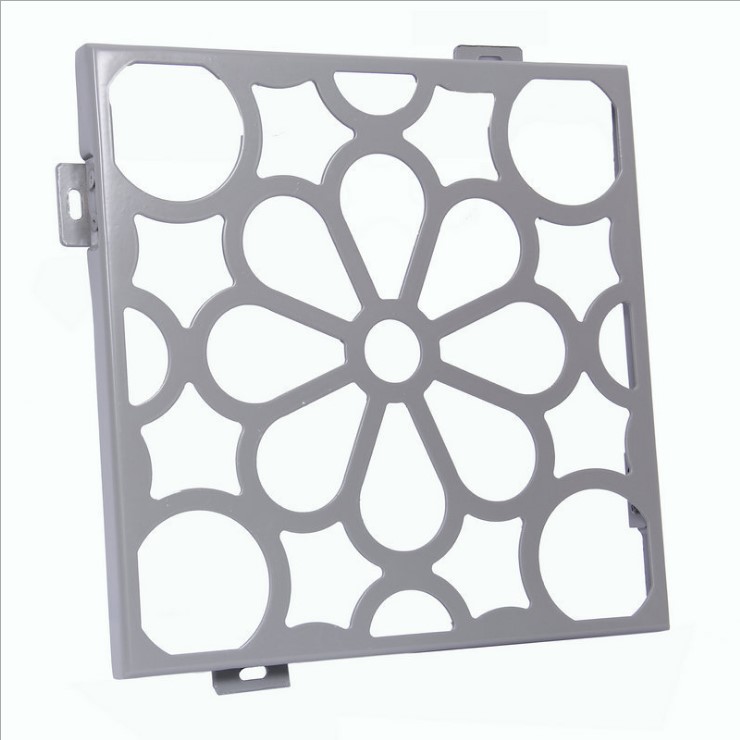
 Customer service QQ
Customer service QQ